Mavic 3 Nd Filters How To Use ?
To use ND filters with the Mavic 3 drone, follow these steps:
1. Ensure that your Mavic 3 drone is powered off before attaching or removing any filters.
2. Locate the camera gimbal on the drone and identify the filter thread.
3. Choose the appropriate ND filter based on the lighting conditions and desired effect. ND filters come in different strengths, such as ND4, ND8, ND16, etc., which determine the amount of light that is allowed to pass through.
4. Screw the ND filter onto the filter thread of the camera gimbal. Make sure it is securely attached.
5. Power on the Mavic 3 drone and wait for the camera to initialize.
6. Adjust the camera settings on the drone's remote controller or mobile app to compensate for the reduced light transmission caused by the ND filter. This may involve adjusting the shutter speed, ISO, or exposure compensation.
7. Start capturing photos or videos with the Mavic 3 drone while the ND filter is in place.
8. When you no longer need the ND filter, power off the drone and carefully unscrew the filter from the camera gimbal.
Remember to handle the ND filters with care to avoid any damage or scratches.
1、 Understanding ND Filters: Basics and Functionality Explained
Mavic 3 ND filters are essential accessories for drone photography and videography enthusiasts. ND stands for Neutral Density, and these filters are used to control the amount of light that enters the camera lens. They work by reducing the intensity of all wavelengths of light equally, without affecting the color balance of the image.
To use ND filters with the Mavic 3, follow these steps:
1. Choose the right ND filter: ND filters come in different strengths, usually denoted by numbers such as ND4, ND8, ND16, etc. The higher the number, the darker the filter. Select the appropriate filter based on the lighting conditions and the effect you want to achieve.
2. Attach the filter: The Mavic 3 ND filters are screw-on filters that attach directly to the camera lens. Simply screw the filter onto the lens until it is securely attached.
3. Adjust camera settings: Once the filter is attached, you may need to adjust the camera settings to compensate for the reduced light. This could involve lowering the shutter speed, opening up the aperture, or increasing the ISO.
4. Capture stunning shots: With the ND filter in place, you can now capture beautifully balanced and properly exposed images and videos. The filter will help prevent overexposure in bright conditions, reduce glare, and allow for longer exposure times, resulting in smoother motion blur.
It's important to note that the latest point of view on ND filters is that they are indispensable tools for drone photography and videography. They allow for greater creative control over exposure and enable capturing cinematic shots even in bright lighting conditions. ND filters are particularly useful for capturing smooth and natural-looking footage, especially when shooting waterfalls, rivers, or other scenes with moving elements. They also help in reducing the "jello effect" caused by the rolling shutter of the camera. Overall, understanding how to use ND filters with the Mavic 3 can greatly enhance the quality of your aerial photography and videography.
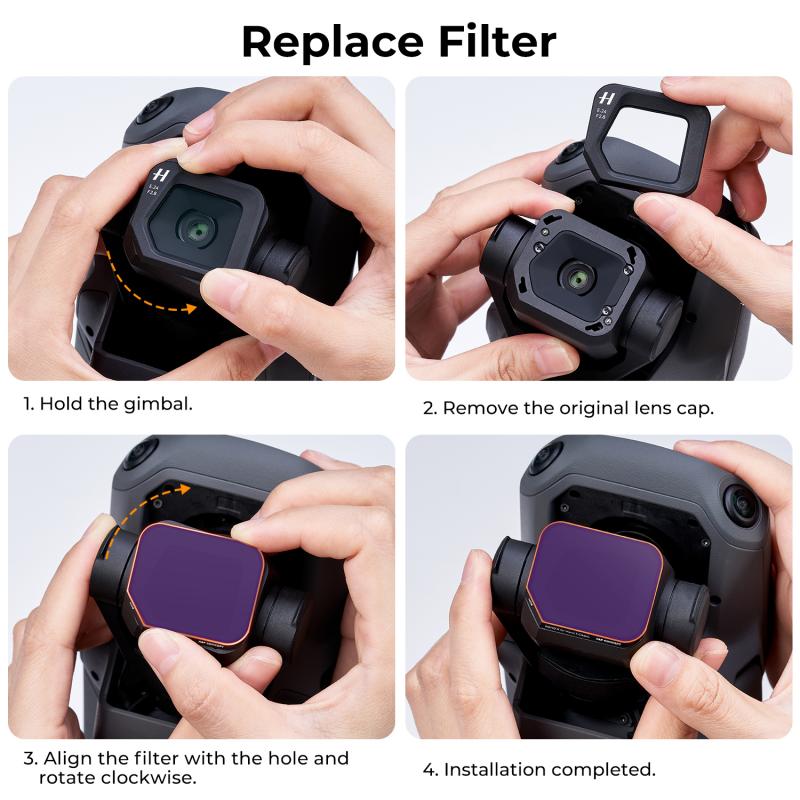
2、 Choosing the Right ND Filter for Mavic 3: Factors to Consider
Choosing the Right ND Filter for Mavic 3: Factors to Consider
When it comes to capturing stunning aerial footage with your Mavic 3 drone, using ND (Neutral Density) filters is essential. These filters help control the amount of light entering the camera, allowing you to achieve the perfect exposure and create smooth, cinematic shots. Here are some factors to consider when selecting ND filters for your Mavic 3:
1. Light Conditions: The first thing to consider is the lighting conditions in which you'll be shooting. ND filters come in different strengths, usually denoted by numbers such as ND4, ND8, ND16, etc. The higher the number, the darker the filter and the more light it blocks. For bright, sunny conditions, you'll need a higher strength filter like ND16 or ND32, while for cloudy or low-light situations, a lower strength filter like ND4 or ND8 may be sufficient.
2. Desired Shutter Speed: Another important factor to consider is the desired shutter speed. ND filters allow you to achieve slower shutter speeds, which can create motion blur and smooth out footage. If you want to capture fast-moving subjects with a sharp image, you'll need a higher strength ND filter to compensate for the increased light entering the camera.
3. Cinematic Effects: Different ND filters can also help you achieve specific cinematic effects. For example, using a higher strength ND filter like ND64 or ND128 can create long exposure shots, capturing the movement of clouds or water in a dreamy, ethereal manner. Experimenting with different filters can add a creative touch to your aerial photography.
4. Quality and Compatibility: Lastly, ensure that the ND filters you choose are of high quality and compatible with the Mavic 3 camera. Look for filters made from high-quality materials that minimize distortion and color cast. Additionally, check if the filters are specifically designed for the Mavic 3 to ensure a proper fit and optimal performance.
In conclusion, selecting the right ND filters for your Mavic 3 drone involves considering factors such as light conditions, desired shutter speed, cinematic effects, and filter quality. By understanding these factors and experimenting with different filters, you can elevate your aerial photography and capture stunning footage with your Mavic 3.
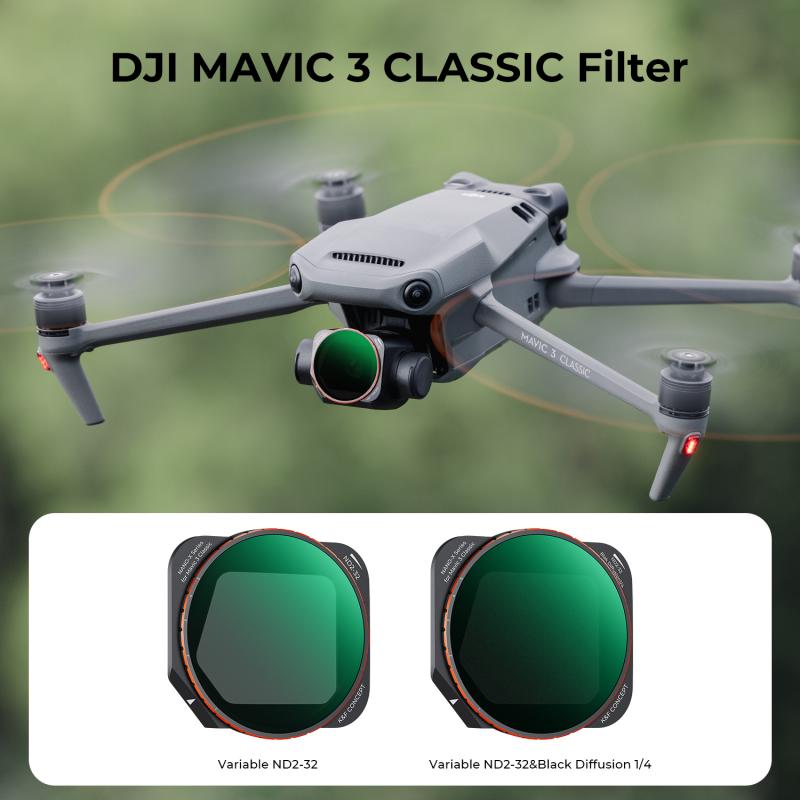
3、 Installing ND Filters on Mavic 3: Step-by-Step Guide
Installing ND Filters on Mavic 3: Step-by-Step Guide
ND (Neutral Density) filters are essential accessories for aerial photography and videography, as they help control the amount of light entering the camera lens. If you're wondering how to use ND filters on your Mavic 3 drone, follow this step-by-step guide:
1. Choose the right ND filter: ND filters come in different strengths, denoted by numbers such as ND4, ND8, ND16, etc. The higher the number, the darker the filter. Select the appropriate filter based on the lighting conditions and desired effect.
2. Power off the drone: Before attaching or removing any accessories, always power off your Mavic 3 to avoid any accidental damage.
3. Remove the lens cover: Unscrew the lens cover from the camera gimbal carefully. Set it aside in a safe place to avoid losing it.
4. Align the filter: Hold the ND filter in front of the camera lens, aligning it with the threads on the gimbal. Make sure the filter is clean and free from any smudges or fingerprints.
5. Screw on the filter: Gently twist the filter clockwise until it is securely attached to the gimbal. Ensure it is tightened enough to prevent any movement during flight.
6. Power on the drone: Once the filter is securely attached, power on your Mavic 3 and wait for it to initialize.
7. Adjust camera settings: With the ND filter in place, you may need to adjust the camera settings to compensate for the reduced light. This may include lowering the shutter speed or adjusting the ISO settings.
8. Start capturing: Once the camera settings are adjusted, you're ready to start capturing stunning aerial footage with the ND filter.
Remember, ND filters are not meant to be used in low-light conditions or at night, as they can significantly darken the image. Always check the lighting conditions and choose the appropriate filter strength accordingly.
As the Mavic 3 is a recently released drone, it's important to stay updated with the latest information and guidelines provided by the manufacturer. Be sure to consult the user manual or official DJI resources for any specific instructions or recommendations regarding ND filter usage with the Mavic 3.
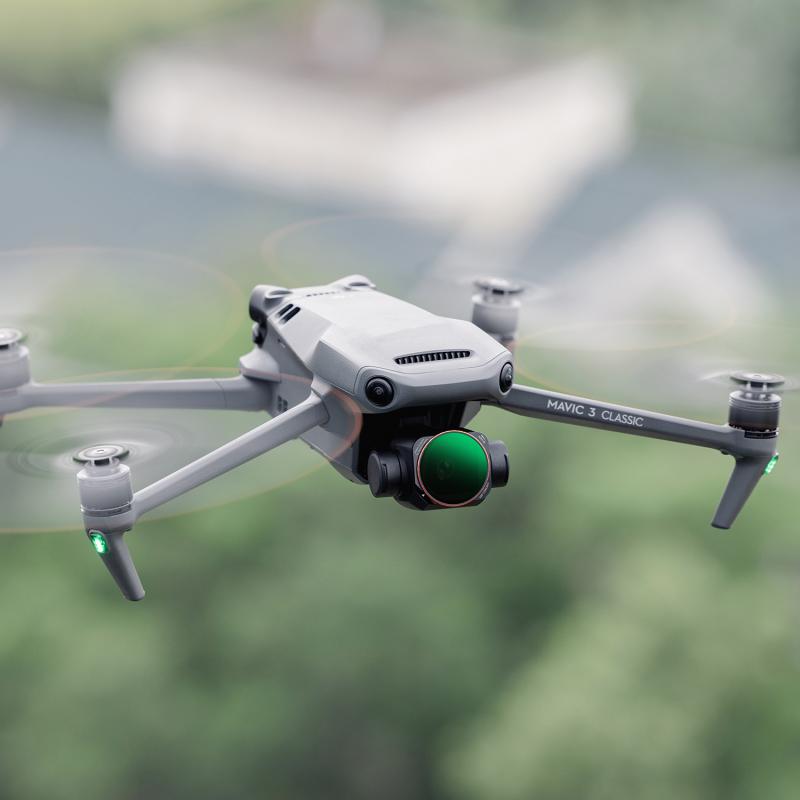
4、 Adjusting Camera Settings with ND Filters on Mavic 3
Adjusting Camera Settings with ND Filters on Mavic 3
Using ND (Neutral Density) filters with your Mavic 3 drone can greatly enhance your aerial photography and videography. ND filters are essential tools for controlling the amount of light that enters the camera sensor, allowing you to achieve the desired exposure and capture stunning shots in various lighting conditions.
To use ND filters with your Mavic 3, follow these steps:
1. Choose the right ND filter: ND filters come in different strengths, usually denoted by numbers such as ND4, ND8, ND16, etc. The higher the number, the darker the filter. Select the appropriate ND filter based on the lighting conditions and the effect you want to achieve.
2. Attach the ND filter: The Mavic 3 has a threaded camera lens, allowing you to easily screw on the ND filter. Make sure the filter is securely attached to the lens to avoid any movement or vibration during flight.
3. Adjust camera settings: Once the ND filter is attached, you need to adjust the camera settings accordingly. Start by setting the ISO to the lowest possible value (usually ISO 100) to reduce noise in the image. Then, adjust the shutter speed to achieve the desired exposure. With the ND filter, you can use slower shutter speeds even in bright conditions, resulting in smoother motion blur and more cinematic footage.
4. Monitor the histogram: Keep an eye on the histogram displayed on your drone's controller or mobile device. The histogram provides a visual representation of the exposure levels in your image. Aim for a well-balanced histogram, avoiding overexposure or underexposure.
5. Experiment and practice: ND filters offer a wide range of creative possibilities. Take the time to experiment with different filters and settings to find the perfect combination for your desired effect. Practice flying and shooting with ND filters to become familiar with their impact on your footage.
Remember, the Mavic 3 is equipped with advanced camera technology, and using ND filters can further enhance the quality of your aerial photography and videography. Stay updated with the latest information and tips from DJI and the drone community to make the most out of your Mavic 3 and ND filters.
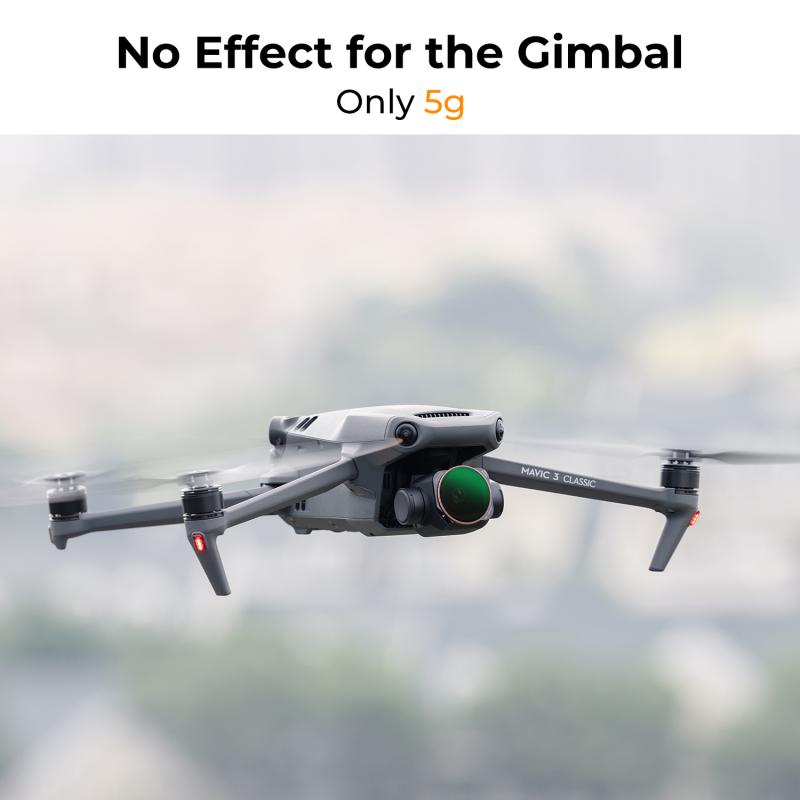








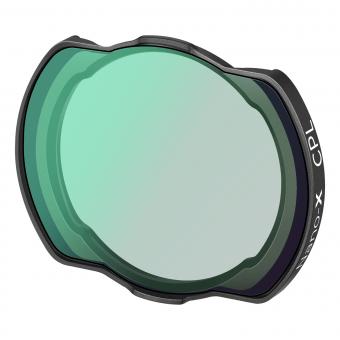

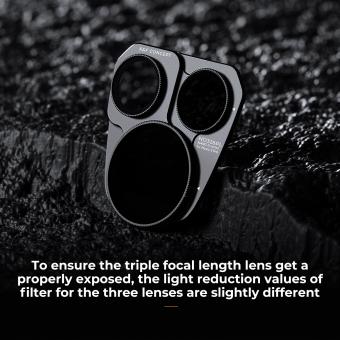


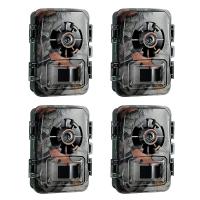
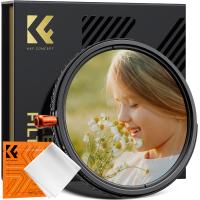



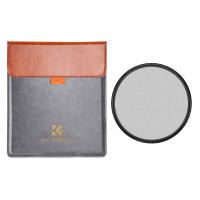


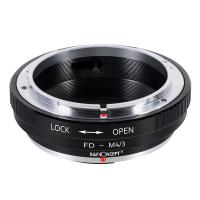

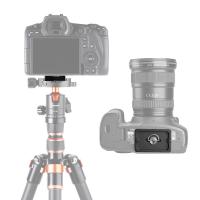
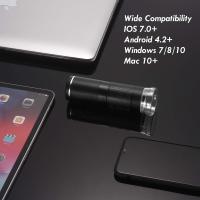




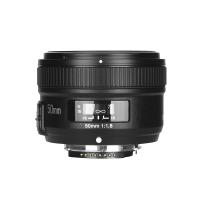
There are no comments for this blog.